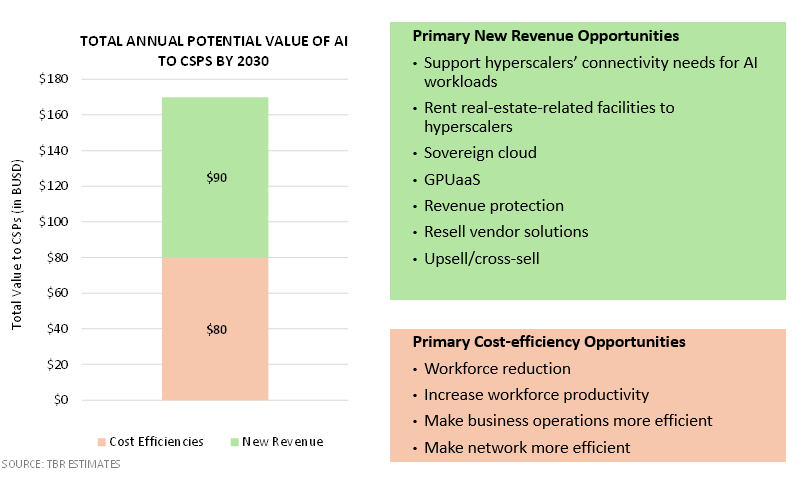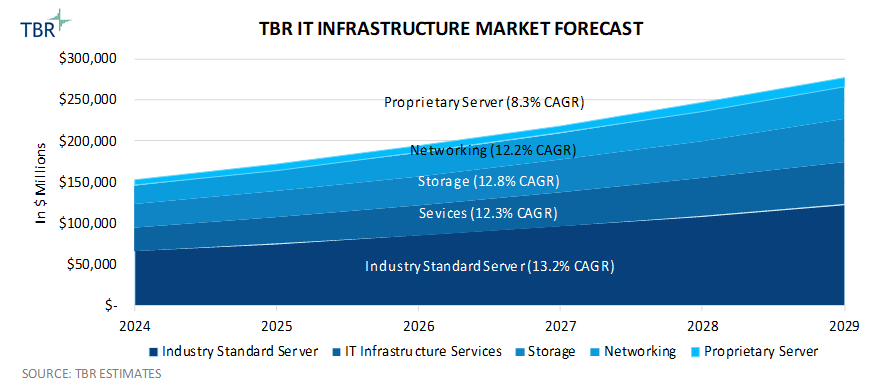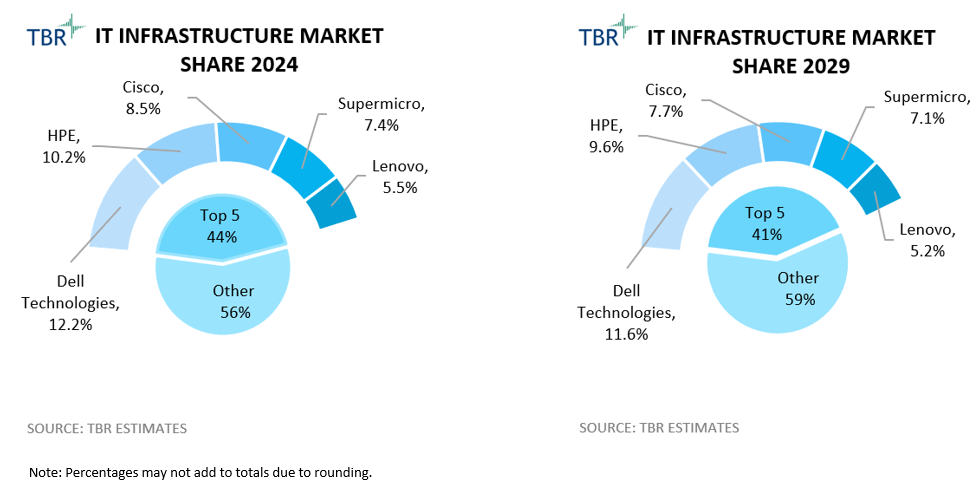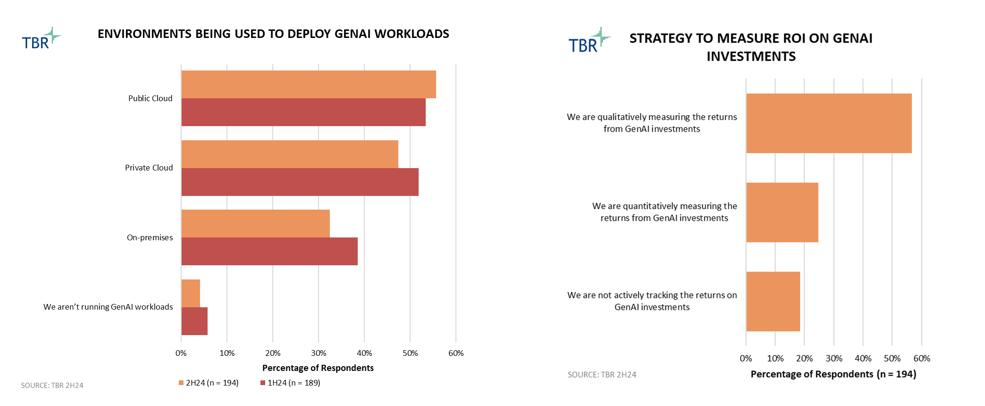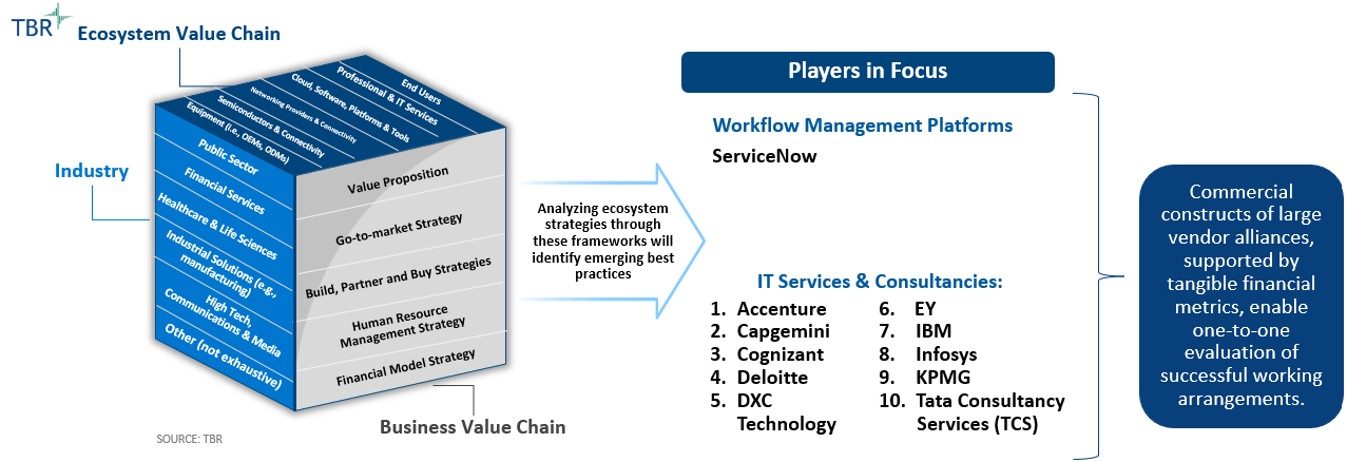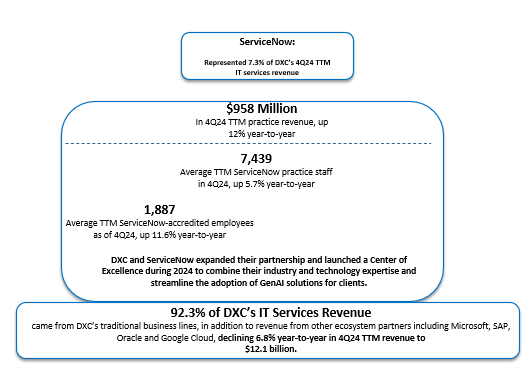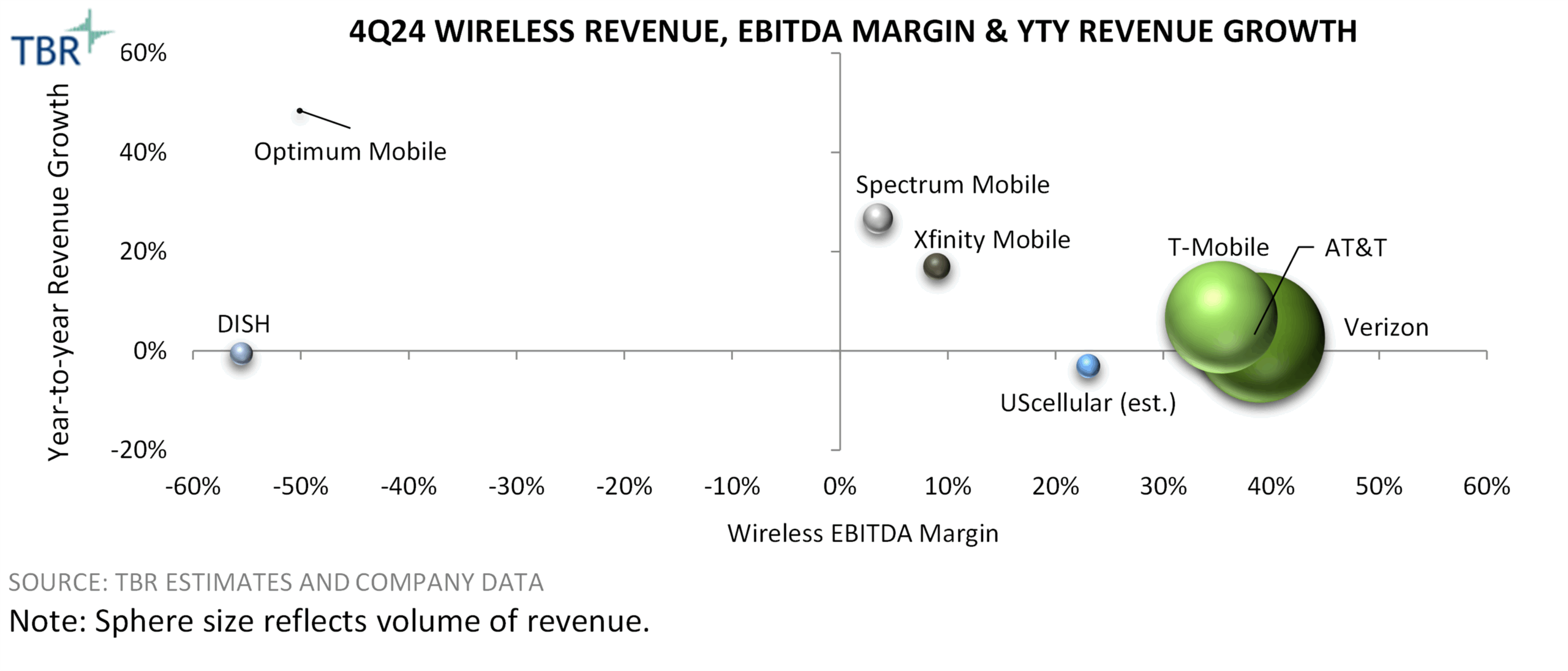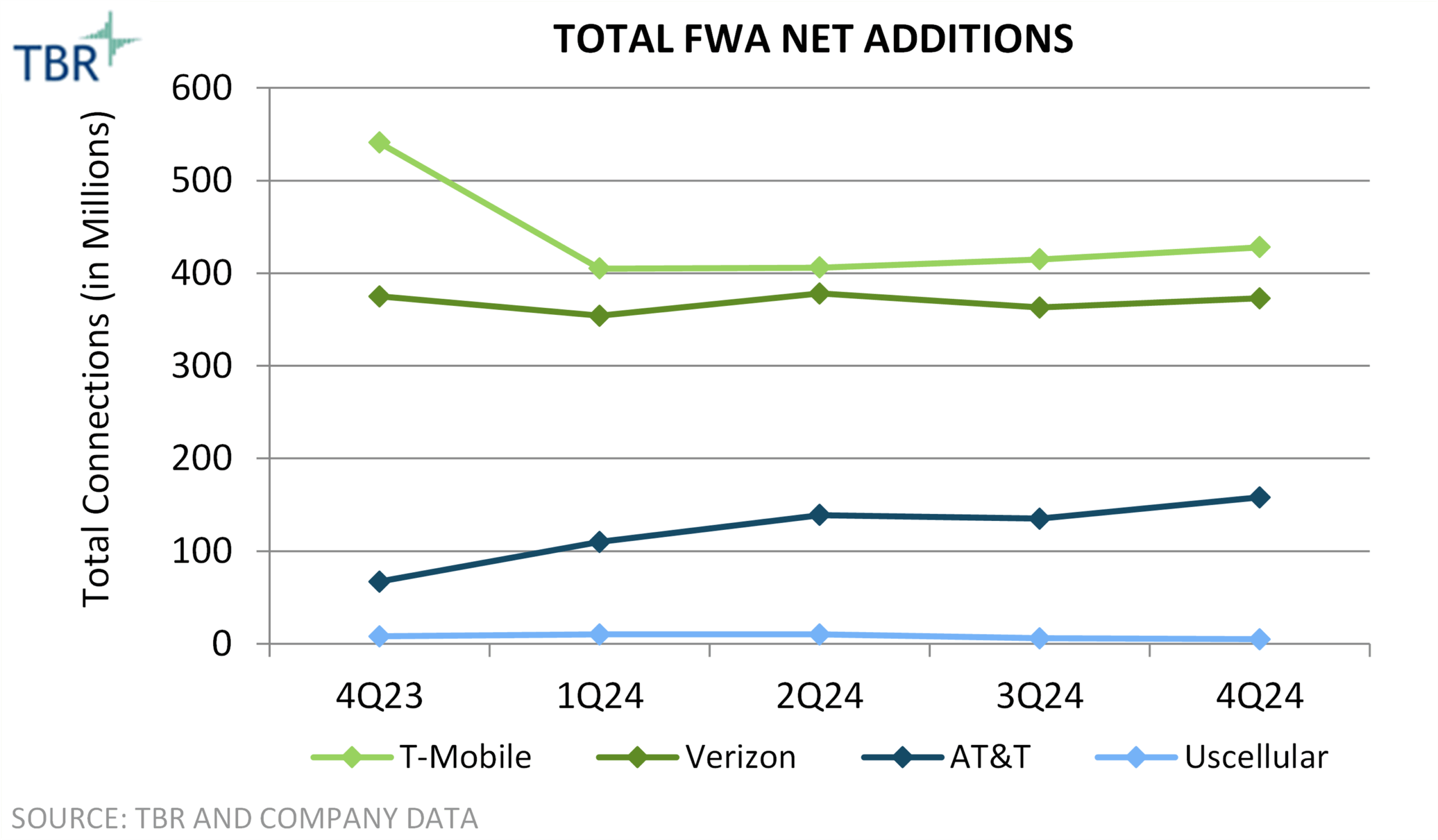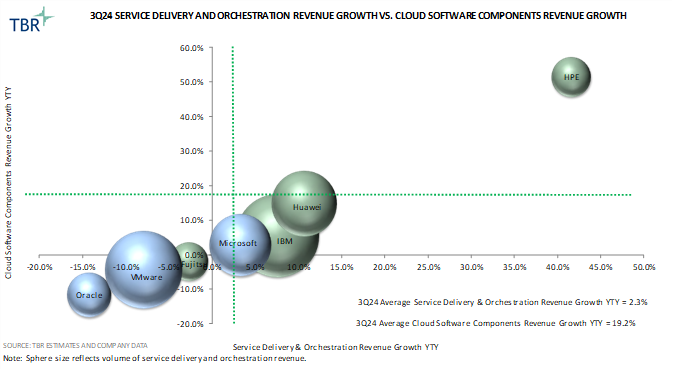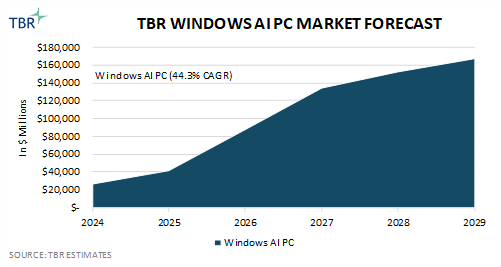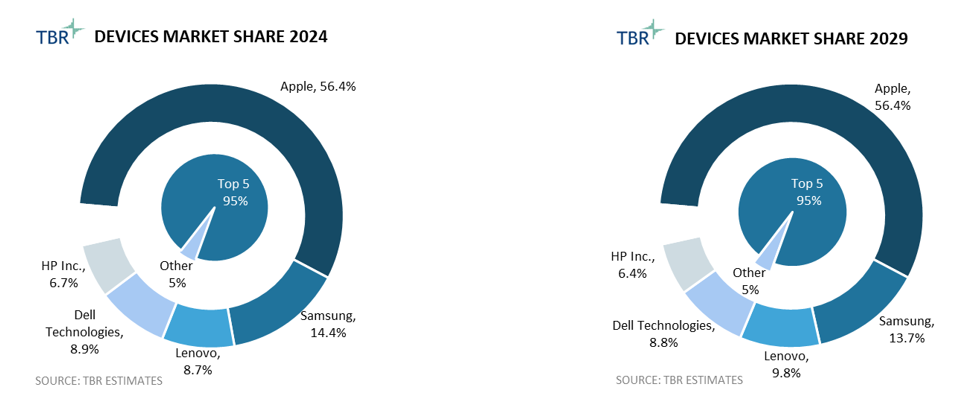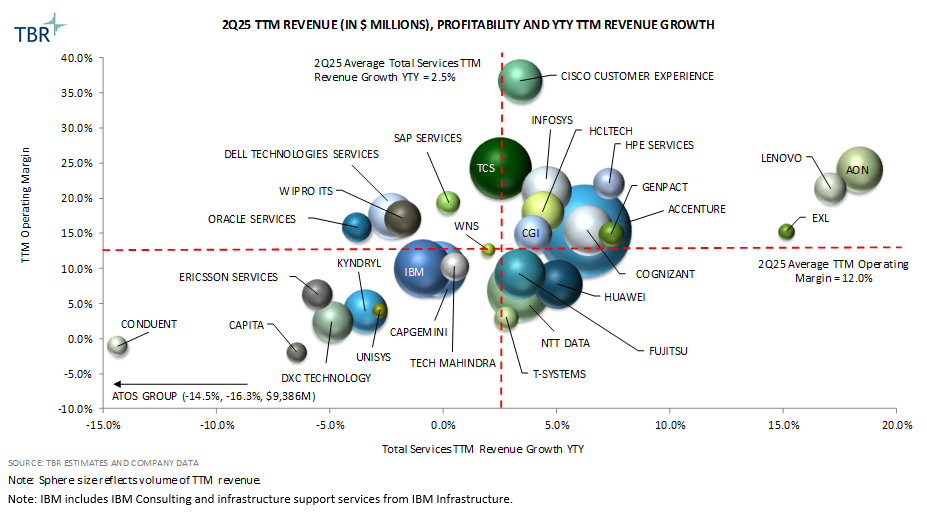Telecom AI Market Landscape
TBR Spotlight Reports represent an excerpt of TBR’s full subscription research. Full reports and the complete data sets that underpin benchmarks, market forecasts and ecosystem reports are available as part of TBR’s subscription service. Click here to receive all new Spotlight Reports in your inbox.
CSPs have an opportunity to capture meaningful value from AI, but realizing this opportunity requires action and investment
Most CSPs look for quick-hit ROI from GenAI; there is still hesitancy to commit to larger-scope AI initiatives that require significant upfront investment
Leading CSPs are all dabbling with GenAI, with some use cases already commercially scaling, especially in customer care and BSS.
CFOs at some leading CSPs are getting directly involved in AI programs to give visibility to these initiatives and ensure they are paying off, looking for quick ROI.
So far, CSP managers like what they are seeing and are hopeful about the prospects of AI delivering significant outcomes, but this hope has yet to translate to large-scale investments tied to broad transformations. Rather, CSPs are focused on more tactical, smaller-scope solutions that address specific pain points or that promise fast ROI.
TBR believes it will take some time for most CSPs to evolve this investment behavior, but some other considerations also need to be factored into the equation, such as uncertainty about governance, regulation and data efficacy. For example, AI’s effectiveness correlates closely with the volume and quality of the data input into the model. The reality is that data inside CSP organizations are usually highly disaggregated in silos and on legacy systems, which poses a major challenge to undergoing large-scale AI transformations.
Realizing the $170 billion total opportunity TBR estimates AI presents the telecom industry by 2030 requires CSPs to act differently
AI presents a once-in-a-generation opportunity for the telecom industry to achieve two key objectives: generate new revenue and reduce costs.
However, there is real risk that most CSPs globally will miss out on the AI opportunity due to cultural (behavioral) and regulatory encumbrances, such as long decision cycles, an unwillingness to invest what it takes to win and general risk aversion. These encumbrances, which are endemic to the telecom industry, have resulted in CSPs largely missing out on every major opportunity in the last two decades (e.g., cloud computing opportunity, video streaming opportunity, digital advertising opportunity), many of which were won by the hyperscalers that were willing and able to take these risks.
Though leading CSPs have been investing in AI, TBR notes that most of these investments seem to be myopically focused on quick-hit wins, which is acceptable in the short term, but true opportunity capture will be contingent on broader-scope initiatives, coupled with upfront investment.
CSPs cannot afford to miss out on another opportunity, especially one that has such transformational qualities as AI. Getting AI right should be of paramount concern to CSPs, as competitors that transform with AI may obtain unapproachable differentiation compared to CSPs that do not invest in AI. Said differently, CSPs that do not get AI right may not be competitive anymore, leading to longer-term questions about their viability.
CFOs need to evangelize AI across their organizations to seize this critical opportunity. True digital transformation with AI will require significant upfront investment, and the payoff of some investments take a longer time to realize than others. CFOs need to balance investment levels with outcomes, but more support is needed from the top to approach AI in a broader manner.
TBR notes that of the $170 billion CSP AI opportunity by 2030, an estimated 50% is likely to be realized in APAC, where there are many CSPs aiming to take a leadership role in the AI market. The lack of domestic hyperscalers (outside of the U.S. and China) and government desire to have sovereignty over technologies of national importance gives CSPs an opportunity to fill in the gaps in the market. China-based CSPs are already diving headfirst into the AI opportunity, and they are likely to generate billions of dollars in new revenue and save billions of dollars in costs from AI by 2030.
Telcos have a data usability problem, which could slow the pace of AI adoption in their businesses; addressing this issue requires significant additional investment
CSPs have a data preparedness problem, which is an underestimated issue and will be costly to rectify
The efficacy of and value provided by AI are contingent on the quality, type and volume of data the AI model is trained on. It is therefore imperative that CSPs ensure their data is ready for AI and that the data is managed and governed in a sustainable way. This is especially pertinent now that GenAI can train on a broad range of structured and unstructured data.
The reality is that CSPs’ data does not reside in one data lake. Rather, it is highly disaggregated and siloed across the organization and, in some cases, may be incomplete. There are also restrictions (e.g., regulatory, privacy) and security considerations around certain types of data, which hinder the utility and accessibility of the data, creating another major challenge that companies will have to address before they can appropriately leverage AI.
Individual CSPs have access to petabytes of data, but most of this data resides in legacy systems and/or is subject to other restrictions, creating challenges around pooling and preparing the data to be leveraged for AI.
To rectify this issue, CSPs will need to clean up their technical debt and assemble their data in a single, unified platform. This horizontal data layer will be required to run and realize AI-driven outcomes at scale. Most CSPs will likely need assistance with this task, opening up opportunities for the vendor community.
Addressing this issue will also require significant investment and human resources, and TBR believes CSPs that are in the initial stages of their GenAI initiatives have underestimated or overlooked the problem.
TBR believes this issue could extend CSPs’ timelines for AI commercialization. Vendors and hyperscalers will try to mitigate the data issue by training AI models on their own datasets, which could also be fed by partners’ data, but there is a risk that this will not be sufficient and that AI models will need to be tuned to a specific CSP’s needs to realize desired outcomes. TBR also believes it will be common for stakeholders in the telecom ecosystem to be protectionist regarding their data, not wanting to (or being able to) share their data for fear of regulatory reprisals and a nullification of competitive advantages.
Sovereign cloud requirements have the potential to be a meaningful revenue driver for CSPs in select regions and countries
Countries (e.g., China, Saudi Arabia, Qatar, United Arab Emirates, South Korea) and alliance entities (e.g., NATO) that are more impacted by geopolitics and/or have strong data privacy rules and regulations (e.g., European Union [EU] member countries) are looking into establishing national AI infrastructure (e.g., data centers), also referred to as sovereign cloud.
Sovereign clouds would theoretically be set up and managed by domestic players for national security reasons and could be an area of opportunity for CSPs that reside in those countries or regions, whereby the CSP might host the cloud and provide some value-added services to manage those environments on behalf of the government and related entities.
However, TBR ultimately believes it is more likely that U.S. hyperscalers will participate in some way in the AI value chain for most countries given the broad scope of their involvement and dominance in the global AI ecosystem, despite intentions for national sovereignty. This includes CSPs partnering with hyperscalers to jointly develop, operate and manage cloud resources in-country, as evidenced by Orange’s use of Microsoft’s cloud and AI technology for its sovereign cloud joint venture with Capgemini (called Bleu) in France.
TBR estimates the potential annual AI-related opportunity for CSPs will reach $170B by 2030, approximately 53% of which is new revenue and 47% is cost efficiencies
CSPs have been largely sidelined from the new revenue opportunity presented by AI since the emergence of GenAI in 4Q22, but this is starting to change, evidenced by significant deals won by Lumen and Zayo to provide transport between data centers for AI workloads. There are also some green shoots of demand for hyperscalers to leverage CSPs’ network facilities (e.g., wire centers and central offices) and other real estate assets to colocate AI infrastructure closer to end users, as evidenced by efforts being made by Verizon and AT&T.
All CSPs that are investing in AI currently expect to reap cost efficiencies from the technology. The new revenue opportunity is more nuanced and is CSP- and market- specific in nature. APAC-based CSPs are likely to be the largest beneficiaries of new revenue from AI due to government protections, stimulus and cultural orientations toward early adoption of emerging technologies.

